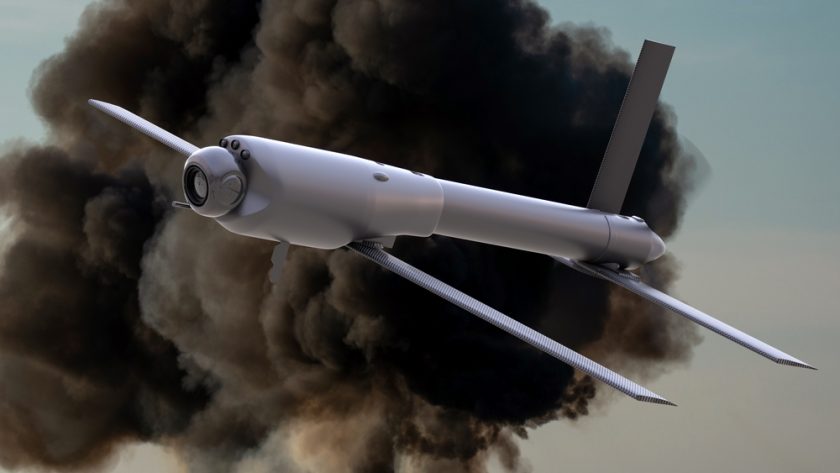The market for one-way attack drones is growing dramatically, with as many new models of aircraft revealed in the past two years as those unveiled in the previous five decades combined, according to a new study “One-Way Attack Drones: The Loitering Munitions of Past and Present,” from the Vertical Flight Society (VFS). The study, finds that the origins of these weapons are more complex than often understood and that the market for one-way attack (OWA) drones has grown larger than expected.
“Drawing on an original database of over 200 types of one-way attack drones, the study finds that more than 120 entities in over 30 countries are developing or producing these weapons or have done so previously,” says the society. “Vertical take-off and landing (VTOL) one-way attack drones represent a rapidly emerging segment of the market and currently comprise more than one-in-four models of OWA drones, a reflection of a broader trend towards lightweight, hand-carried models.
The study traces the evolution of one-way attack drones from military programs in the early 1970s to the present day. In the 1970s and 1980s, the advent of new fabrication materials and lightweight sensors facilitated the development of low-cost drones to target adversary radar sites. In time, the military applications of OWA drones broadened beyond the suppression of enemy air defenses (SEAD) role. In the early 2000s, the emergence of the Switchblade drone provided the infantry with its own portable loitering munition, while the spread of Iranian drones enabled a host of non-state and, increasingly, state actors to use low-cost drones to conduct long-range precision strikes.
“The development of one-way attack drones formed a critical part of the transition from the era of jet-powered target drones to that of remotely pilot vehicles, which resulted in the burgeoning market for drones of all types that exists today,” said Dan Gettinger, VFS Director of Communications and Publications, and the author of the study. “Once thought of as designed for a specialized task, one-way attack drones are increasingly assuming a broader role on the battlefield.”
The consequences of this transformation are evident in the host of ongoing military research and acquisition programs worldwide, says the study. The adoption of one-way attack drones in greater numbers and variety has the potential to lead to changes in force structures, training and operations. The dominance of drones, including one-way attack drones, in recent armed conflicts such as in Ukraine and Nagorno-Karabakh have underscored the vulnerabilities of current air defenses. For crewed rotorcraft, one-way attack drones are seen as offering the possibility of increasing the lethality and survivability of Future Vertical Lift platforms.
The VFS report “One-Way Attack Drones: The Loitering Munitions of Past and Present” can be downloaded by the public for free through the month of May at www.vtol.org/drone-report, after which it will be available for purchase from the VFS Vertical Flight Library at www.vtol.org/library, along with the dataset of aircraft on which the analysis is based.
(Image: Shutterstock)




